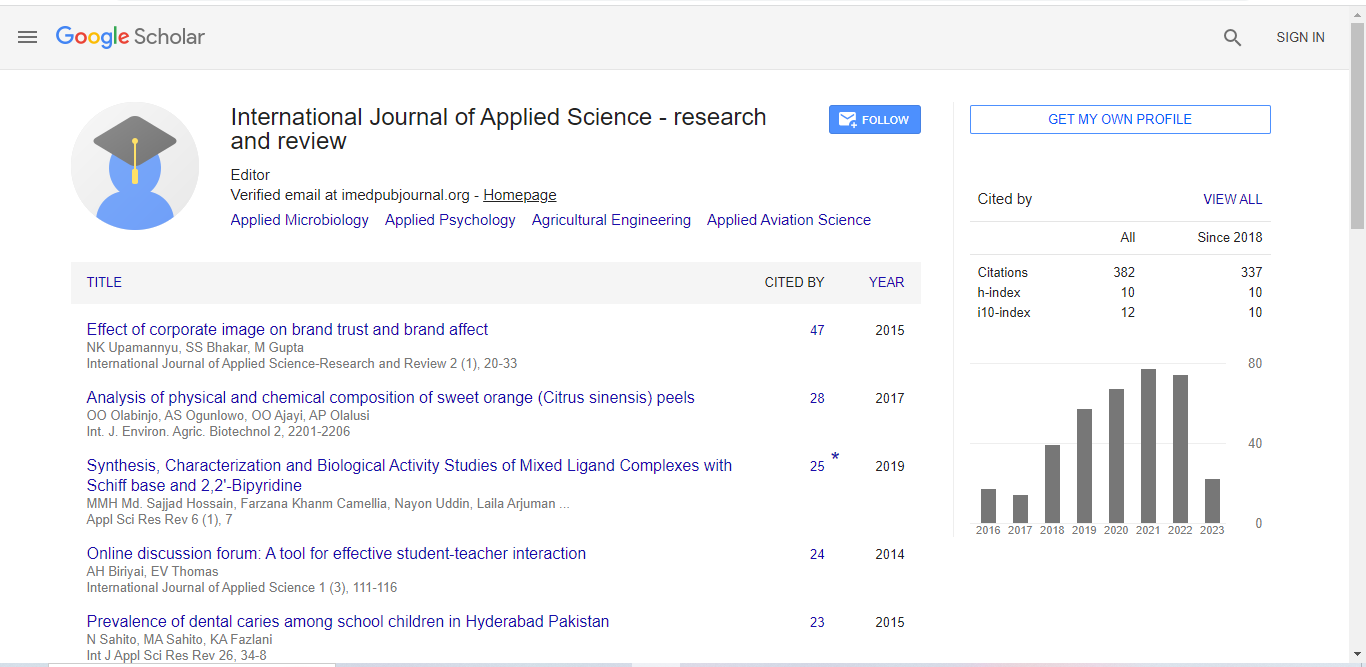Opinion - (2024) Volume 11, Issue 4
Enhancing Content Caching in Edge Computing Through Federated Learning Strategies
Seraphina Well*
Department of Applied Science, University of Rijeka, Croatia
*Correspondence:
Seraphina Well,
Department of Applied Science, University of Rijeka,
Croatia,
Email:
Received: 31-Jul-2024, Manuscript No. IPIAS-24-21464;
Editor assigned: 02-Aug-2024, Pre QC No. IPIAS-24-21464 (PQ);
Reviewed: 16-Aug-2024, QC No. IPIAS-24-21464;
Revised: 21-Aug-2024, Manuscript No. IPIAS-24-21464 (R;
Published:
28-Aug-2024, DOI: 10.36648/2394-9988-11.4.36
Introduction
Federated learning-based content caching strategy for edge computing
represents a transformative approach to optimizing data
storage and retrieval in distributed computing environments. As
edge computing becomes increasingly prevalent, driven by the
need for low-latency processing and real-time data analysis, the
integration of federated learning into content caching strategies
offers a promising solution to address the challenges of data management
and system efficiency. Edge computing involves processing
data closer to the source of data generation, such as IoT
devices or local servers, rather than relying solely on centralized
cloud resources. This approach reduces latency and bandwidth
usage, providing faster responses and more efficient handling of
data. However, edge computing environments often face challenges
related to limited storage capacity and the need for efficient
data retrieval. Content caching is a key technique used to address
these issues by storing frequently accessed data closer to the user,
thereby improving access speed and reducing the need for repetitive
data transfers.
Description
Federated learning, a decentralized machine learning approach,
enhances this process by enabling multiple edge devices to collaboratively
train a shared model without exchanging raw data.
Instead of sending data to a central server, each edge device trains
a local model based on its own data and shares only the model
updates with the central server. This approach preserves data privacy
and reduces communication overhead. Integrating federated
learning with content caching strategies creates a powerful combination
that improves both caching efficiency and predictive capabilities.
In a federated learning-based content caching strategy,
edge devices collaborate to develop and refine predictive models
that anticipate content requests. These models are trained using
local data from each device, allowing them to learn patterns and
preferences specific to their individual environments. By aggregating
model updates from various devices, the central server generates
a global model that reflects the collective knowledge of all
participating edge devices. This global model can then be used to
optimize content caching decisions across the network. The key
advantage of incorporating federated learning into content caching
is the ability to make more informed caching decisions based
on predictive insights. Traditional caching strategies often rely on
static rules or simple heuristics, which may not account for the
dynamic nature of user behavior and content demand. Federated
learning models, on the other hand, adapt to changing patterns
and preferences over time, leading to more accurate predictions
of which content should be cached at the edge. For example, in a
smart city scenario, federated learning can enable edge devices to
predict which traffic or weather data will be most relevant to users
in different areas. By caching this data locally, edge devices can
provide faster responses and reduce the load on centralized servers.
Similarly, in a video streaming application, federated learning
can predict which videos are likely to be requested by users in a
given region and cache those videos to improve streaming quality
and reduce buffering. The federated learning-based content caching
strategy also addresses privacy concerns by keeping sensitive
data localized. Since only model updates, rather than raw data,
are shared with the central server, users’ personal information remains
secure.
Conclusion
In summary, a federated learning-based content caching strategy
for edge computing offers a sophisticated approach to optimizing
data management in distributed environments. By leveraging
the collaborative power of federated learning, edge devices can
make more informed caching decisions, improve content retrieval
speeds, and enhance user experiences. This integration also addresses
privacy concerns and reduces communication overhead,
making it a valuable solution for the evolving landscape of edge
computing.
Citation: Well S (2024) Enhancing Content Caching in Edge Computing through Federated Learning Strategies. Int J Appl Sci Res Rev. 11:36.
Copyright: © 2024 Well S. This is an open-access article distributed under the terms of the Creative Commons Attribution License, which permits unrestricted use, distribution, and reproduction in any medium, provided the original author and source are credited.

